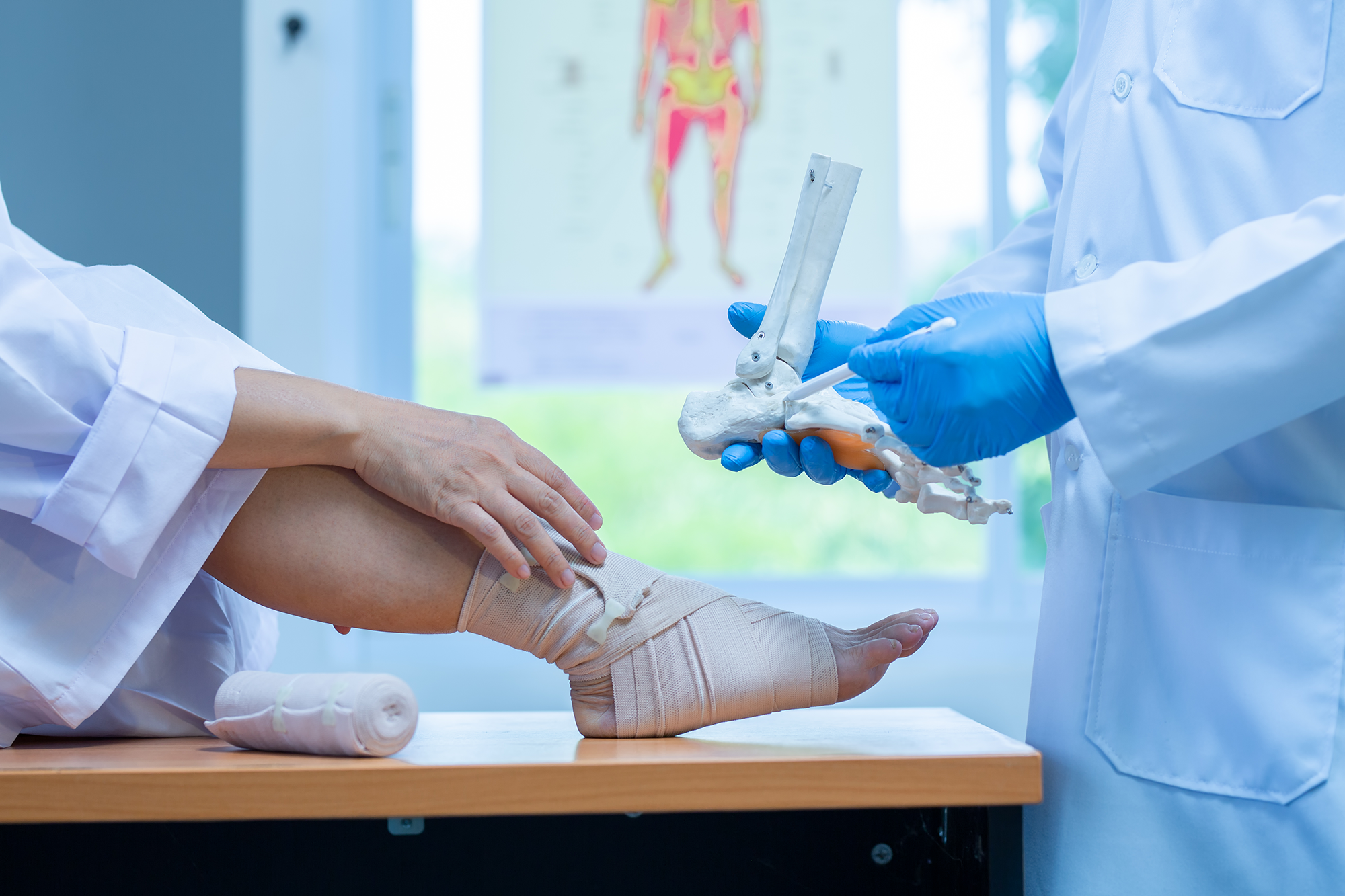
After a fracture, physical therapy may be ordered to help ensure you return to optimum function as quickly as possible. You may encounter a physical therapist at different times after suffering a fracture.
Signs and symptoms:
• Pain with movement or immovable
• Soft tissue visible deformity
• Muscle spasms of surrounding tissue
• Swelling, bruising
• Reduced movement and range of motion of the joint
Your first visit with your physiotherapist will usually involve an evaluation and assessment. Your physiotherapist will likely take measurements of body
parts around the fracture site.
This might include measurements of:
• Range of motion
• Strength
• Pain
• Flexibility
• Girth or swelling
• Gait (for lower extremity fractures)
• Function
After the initial evaluation, your physical therapist can work with you to devise a treatment strategy to help you recover fully. Physical therapy after a fracture often focuses on overcoming the negative effects of being immobilized by a cast or sling. Immobilization may cause loss of motion and strength and decreased functional mobility.
Physiotherapy should start immediately after the fracture has been immobilized.
Physiotherapy during fracture healing will concentrate on:
• Relieve pain
• Improve range of motion and mobility
• Strengthen surround tissue and muscle
• Promoting healing
• Encouraging weight bearing
• Maintaining strength of weakened muscles
• Maintaining range of movement of the affected and surrounding joints
• Reducing pain
• Reducing swelling
After your fracture has healed and/or your cast has been removed physiotherapy is continued until you have regained your full level of function.
The aims of physiotherapy are to:
• Progress weight bearing activities
• Return to full function
• Return strength and full range of movement to muscles / joints
• Focus on sport-specific rehabilitation
• Optimize the range of movement at the affected joint
Your treatment will depend very much on the problems identified during your initial assessment, but may include a mixture of the following:
• Massage and mobilization can help reduce scar adhesions and improve mobility around the scar
• Scar management if you had surgery to fix the fracture
• Ice therapy
• Exercises to improve range of motion and strength
• Electrical stimulation may also be used to help improve muscle recruitment
• Stretching exercises to regain joint range of movement
• Joint manual therapy and mobilizations to assist you in regaining joint mobility
• Structured and progressive strengthening regime
• Balance and control work and gait (walking) re-education where appropriate
• Taping to support the injured area/help with swelling management
• Return to sport preparatory work and advice where required
